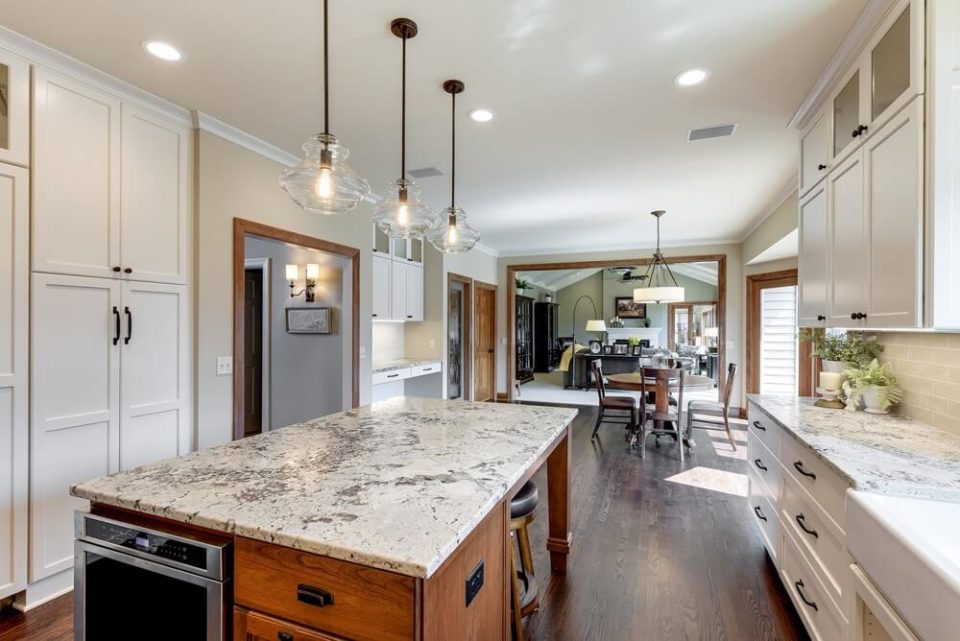Pros and Cons of 4 Most Popular Countertop Materials
There are pros and cons of countertop materials. Do you know what these two terms mean? They are called pros and cons because these two materials vary in their physical characteristics that may cause a person to find one over the other.
What is a counter top material? It is the foundation for your countertop. The material defines the design of your countertop. It also defines how much space is available for food preparation, cleaning, and decoration.
Positives: A material with a high surface to mass ratio will be denser than a material with a low surface to mass ratio. This makes a material more durable. These materials tend to resist staining, decay, and shrinkage, which allow for greater efficiency.
The pros of a countertop material are its durability, reliability, and environmental compatibility. Another plus is that these materials do not require a great deal of maintenance. Usually they require little maintenance once they have been exposed to moisture and humidity. Over time you can have issues that involve staining, discoloration, bacterial growth, mildew, and mold.
Positives do not end there though. There are also cons of a countertop material that may interest you. Here are some of the cons:
Durability: Most people think durability is just about how long a material can stand up to wear and tear. In reality, durability is measured by how well a material resists staining, fading and mold. The more problematic the problem, the more durable a material will be. Maintaining these materials after using them is also very important.
One of the pros of a material is that it can withstand excessive staining. However, if the staining is in the kitchen area and is common in the kitchen, a stain that stays in the kitchen for four hours may still end up on the table top. There are some soaps and cleaning products that can strip away the protective barrier of the material, resulting in staining and scratching.
Another positive of a material is that it does not come apart easily. If you need to replace an appliance or cabinet that has already been damaged by humidity, moisture or food residue, you may have to tear down the existing material. Not having to tear down material adds to its durability.
One of the pros of a material is that it can withstand moisture and temperature. If there is food that remains in the food storage area for a long period of time, the heat from the food can make the surface of the material breakdown. Also, if the surface of the material is being continually heated, a chemical reaction can occur that causes the material to expand.
One of the pros of a material is that it is easy to clean. You can just wash the surface with a mild dish soap and rinse it off. If you want to use harsher substances you can do so.
One of the cons of a material is that it cannot be waxed. Waxing can make the surface slippery and creates a mirror like appearance. Another con is that the material might become brittle and break if exposed to extreme temperatures. One of the pros of a material is that you will not be affected by either of these con.
Understanding the pros and cons of a material will help you choose the right material for your home. Take the time to read the pros and cons of a material and figure out which one will fit your needs the best. You will be surprised at how many choices are available to you!

